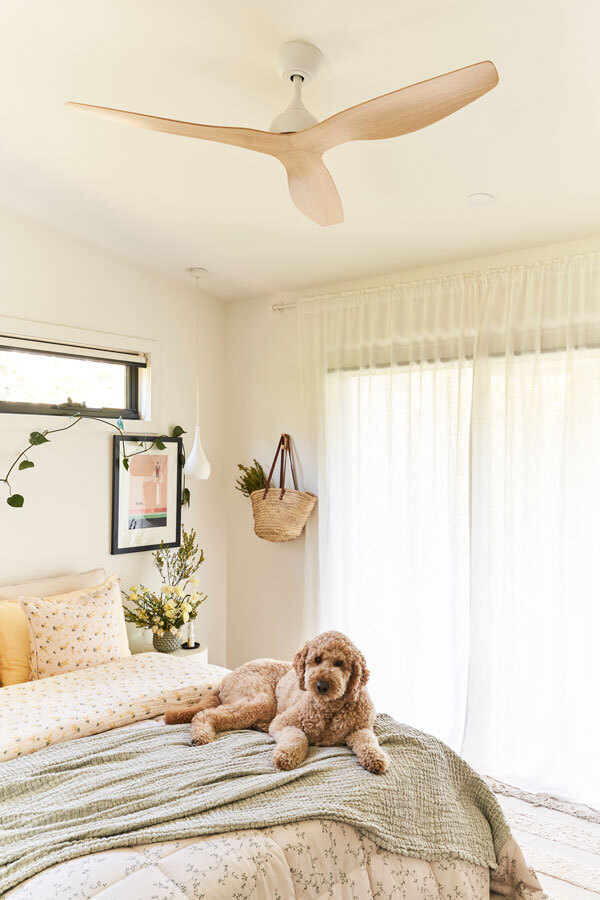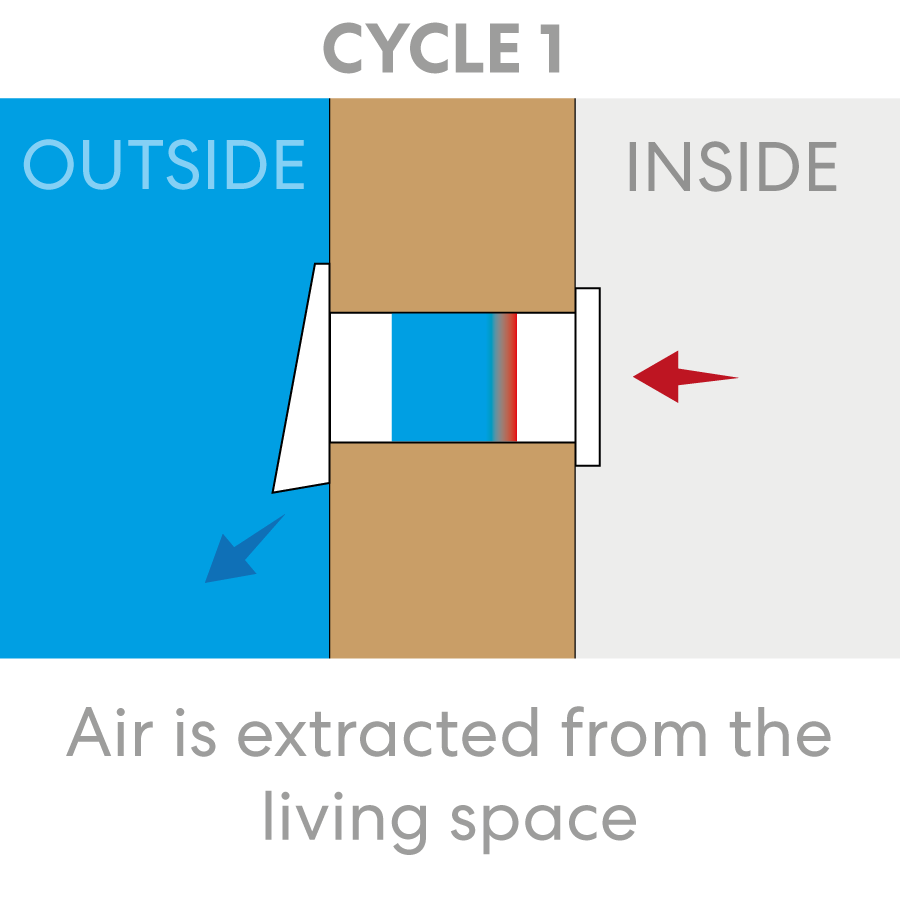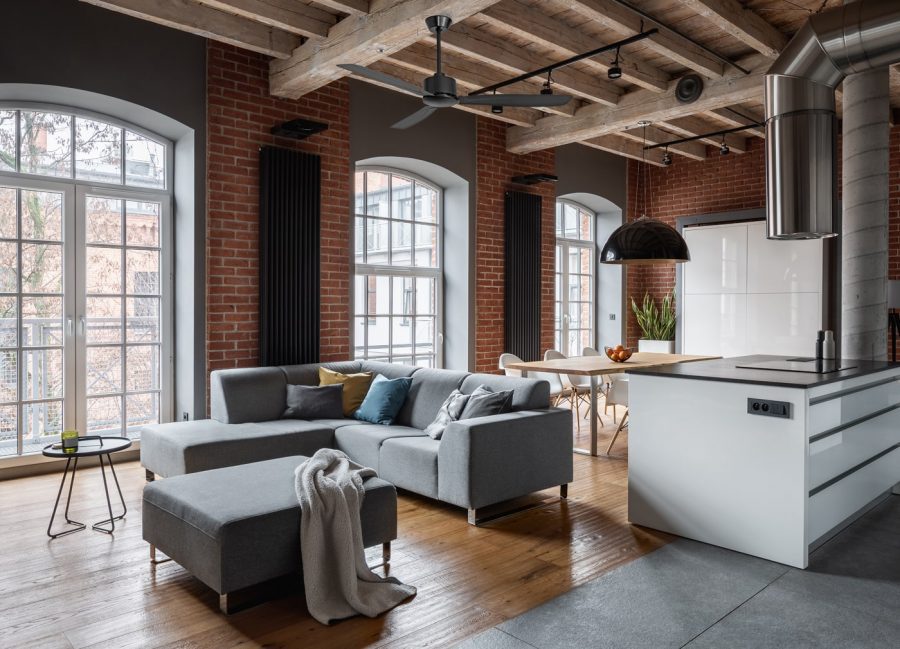
In recent years, we’ve seen a massive increase in online jobs and while it’s great to have the option to work in the comfort of your own home, it’s hard to relax let alone concentrate when it’s scorching hot. To combat this, you’ll want a means of cooling that can keep running the whole day, which is a reason ceiling fans are a popular choice. They, as they are able to keep running for extended periods. But is it practical to just leave your ceiling fans running all day?
The simple answer to this is yes. Generally, ceiling fans consume little energy and are designed to withstand prolonged use. However, for maximum performance, cost-saving, and safety reasons, there are still several things to consider when leaving ceiling fans running for extended periods.
Should you leave your Ceiling Fan running 24/7?
So, ceiling fans can handle 24/7 operations, but would doing so actually enhance your experience? To answer this question, it’s important to understand how ceiling fans work.
While air conditioners and ceiling fans are both popular means of cooling, the way they work are fundamentally different. An air conditioner produces cool air to lower the room temperature. In contrast, ceiling fan are not designed to reduce temperature and instead cool individual persons in its proximity by moving air across the skin to lower body temperature. Since a ceiling fan requires you to be in its general area to feel its cooling effect, there’s little point in keeping it turned on when you’re not in the room. However, in especially humid areas or during the summer season, keeping the ceiling fan constantly running might help reduce stale air and the feeling of stuffiness.
Fan Quality and Energy Efficiency
Proper Size and Installation
When choosing a ceiling fan, the first things to consider are the space and room dimensions. If you install a ceiling fan that’s too small for the intended space, it won’t be able to circulate air properly. This would force you to put the fan at higher settings to feel its effect which would consume more electricity.
When installing a ceiling fan, the minimum floor-to-ceiling drop is 2.1m. However, for more optimal airflow, it’s ideal to have it sit at 2.7m floor-to-ceiling distance. If the ceiling is higher than 2.7m, the fan might hang too high causing which would diminish its cooling effect. In such cases, you might want to look at extension rods to give you more flexibility and have the fan at an optimal position.
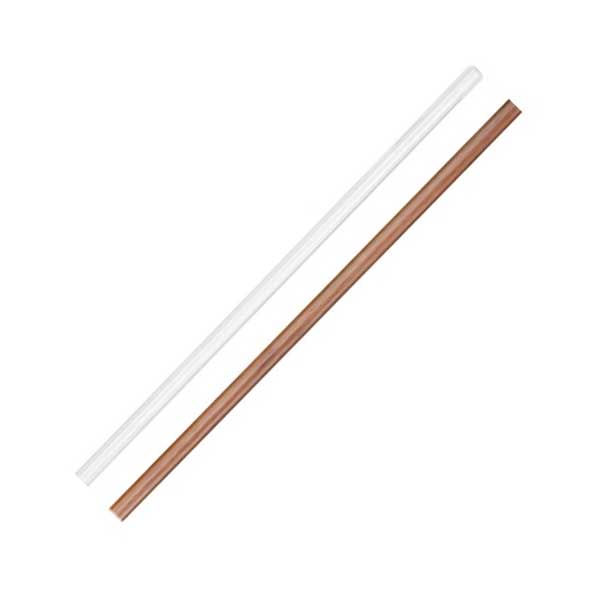

While installing ceiling fans is fairly simple, it’s still best to have professionals do them for you. Doing so would ensure that your ceiling fan is properly installed, and it would also keep you from nulling your warranty.
Ceiling Fans with SMART FEAtures and Timer Settings
Ceiling fans for the most part remain unchanged and function the same way they did decades ago, but this doesn’t mean they haven’t been advancing and improving. On the contrary, ceiling fans are continuously evolving, with tweaks, enhancements, and new additions such as SMART features and timer settings to greatly improve quality of life.
Having built-in SMART connectivity is extremely convenient as it allows you to connect and use your phone to control the ceiling fan. Not only does it make controlling the fan easier, it also allows for more automation and allows you to program the fan’s behavior to fit your lifestyle. A great example of this is the timer setting which allows you to configure the ceiling fan to automatically turn on/off based on your set time. Potentially, you can have the fan turn off when you leave and come back to a cool, well-ventilated home without even pushing a button.
Compared to just leaving your ceiling fan running 24/7, setting the timer to fit your schedule is a much more practical and efficient alternative. Some products that come with SMART connectivity and timer settings are Fanco’s Infinity-iD DC and the Eco Silent Deluxe.
Maintenance
- Before cleaning the ceiling fan, you should always make sure that it’s turned off and unplugged.
- You can use a damp cloth to gently clean each blade individually. DON’T spray water directly into the fan as you risk damaging it, particularly the motor.
- Clean the motor housing with a microfiber cloth or duster.
Fanco Fans: Cooling Your Home 24/7, Seven Days A Week
If you want a ceiling fan that consistently delivers excellent performance, look no further than some of Fanco’s top ceiling fans. All of these products feature efficient DC motors and timer settings, which are both ideal features if you intend to keep your fan on for extended periods.
Infinity-iD DC
The Infinity-iD produces a gentle breeze of 60 RPM at the lowest setting and can go up to 9, 402 mr/hr while only consuming 20.2 watts. It’s built with electroplated metal and ABS components that make it extremely durable and well-suited for outdoor and even coastal settings, all packaged in a very elegant and minimalistic motor housing.
For the ultimate modern experience, the Infinity-iD DC comes with timer settings from 1-9 hours and an industry-leading Tri-Control system which allows users to conveniently control the fan using a wall control panel, remote, and even their smartphones, either separately or together in tandem.
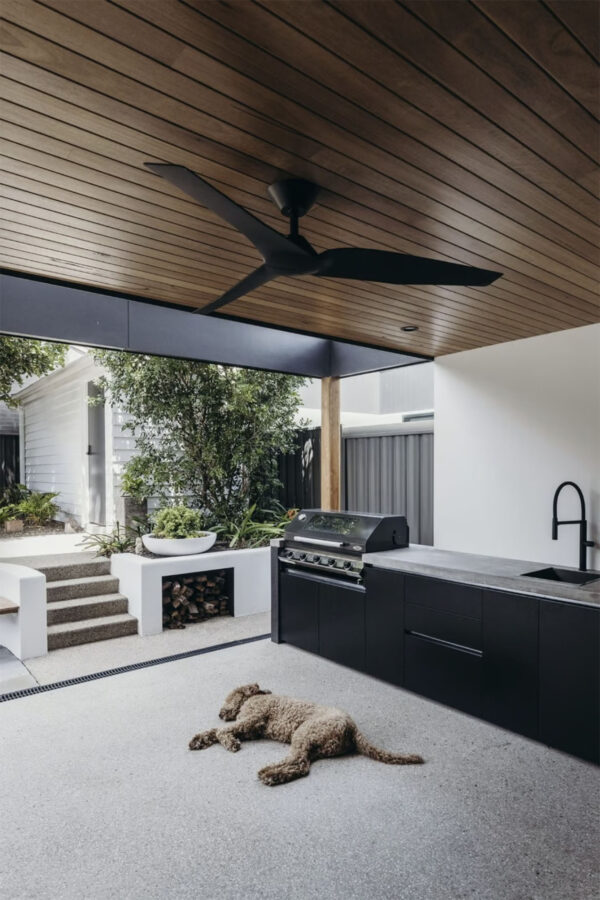
Eco Silent Deluxe
The Eco Silent Deluxe only consumes 5W at the lowest setting with a whisper-quiet operation thanks to its high-quality DC motor. This fan comes with SMART connectivity which allows you to use your phone to access its different settings, as well as a timer setting which you can set from 1-9 hours.
On the outside the Eco Silent features clean lines and a non-obtrusive design that blends seamlessly with any room style, making it an ideal choice for both contemporary and traditional interiors.
The Eco Silent Deluxe is is an eco-friendly choice that doesn’t compromise quality and performance.
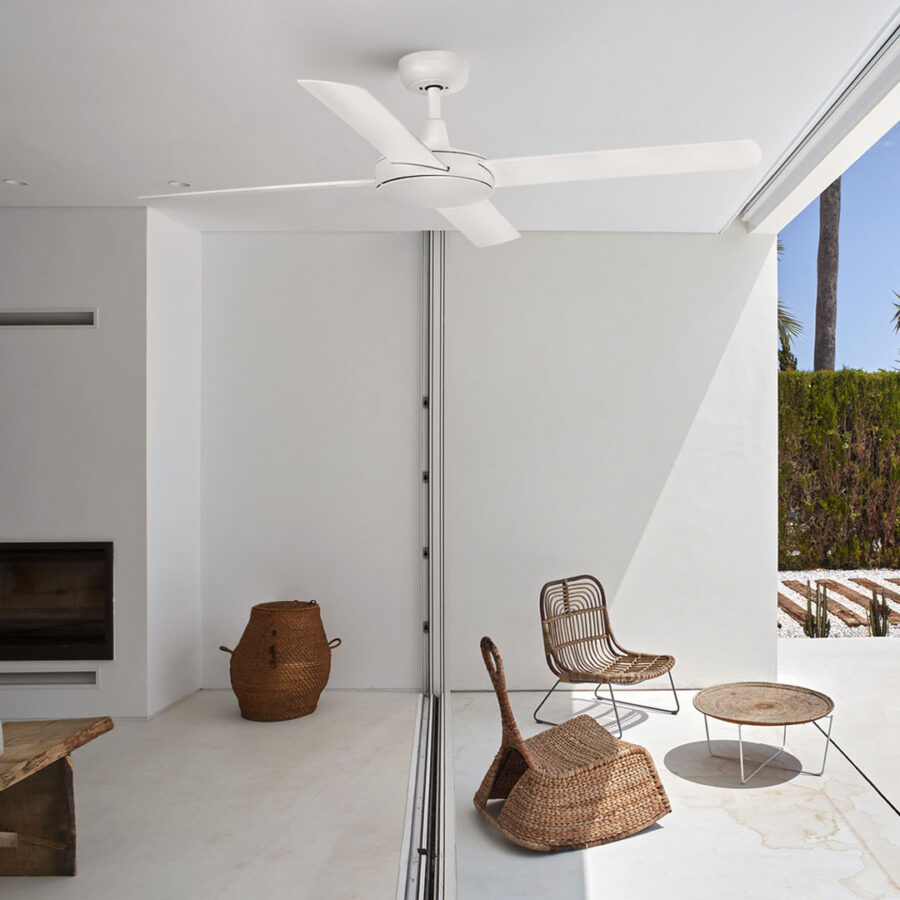
Horizon DC
The Horizon DC is equipped with an efficient DC motor paired with high-performance blades to produce an exceptional airflow of 13, 862 m3/hr at only 25.3 watts at the highest speed. For your convenience, this fan also comes with a timer feature that can be set from 1 to 9 hours.
Crafted from robust and sturdy materials, the Horizon DC is built to withstand Australian weather conditions, making it a perfect addition to both outdoor and coastal settings.
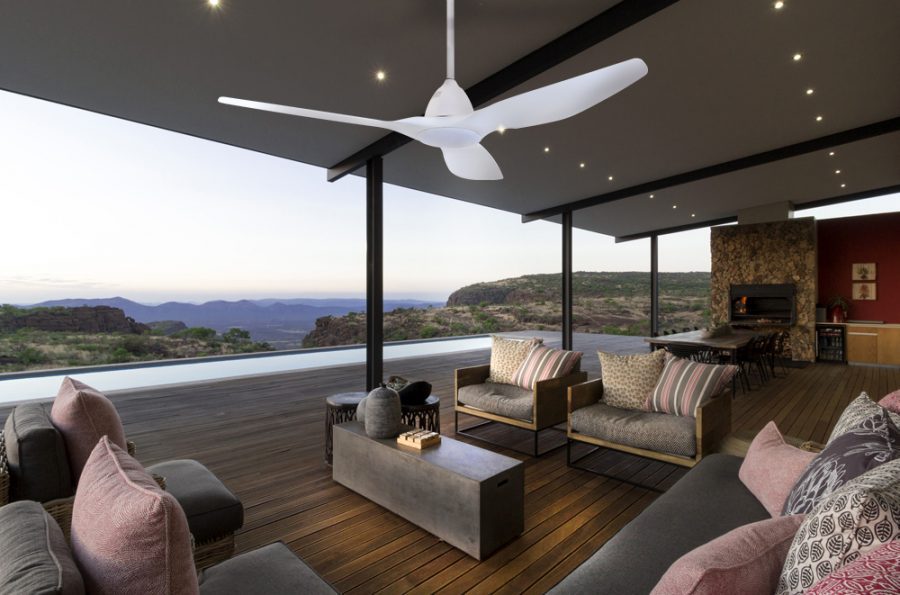
conclusion
Ceiling fans are designed for prolonged use and can run 24/7 without much trouble. However, just like with any home appliance, it’s not totally safe to leave them running unattended. For lower energy bills and peace of mind, it’s better to invest in energy-efficient DC fans that include a timer setting.
Sources
- Electric Safety UK:
https://elecsafety.co.uk/what-are-electrical-hazards/ - Airflow Academy:
https://airflowacademy.com/is-it-safe-to-leave-ceiling-fans-on-all-the-time/ - Just Energy:
https://justenergy.com/blog/ultimate-guide-ceiling-fans/#:~:text=All%20ceiling%20fans%20have%20an,feet%20per%20minute%20per%20watt. - Real Simple:
https://www.realsimple.com/home-organizing/cleaning/how-to-clean-ceiling-fans

